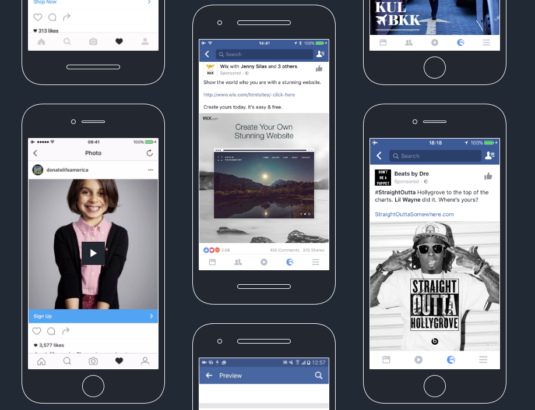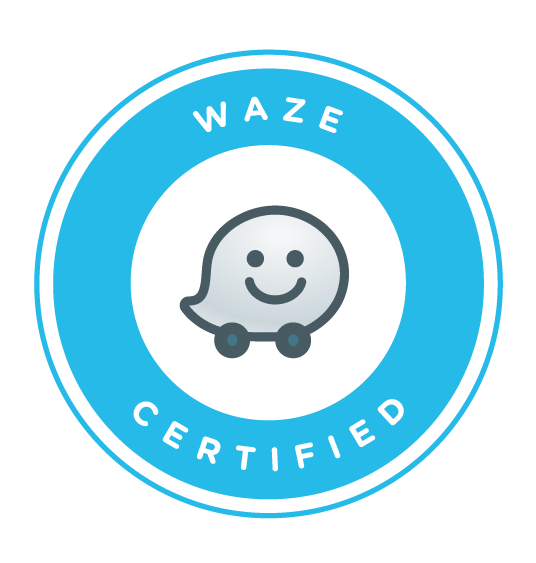
By now you’ve probably heard about the huge changes to the Facebook news feed announced last week by CEO Mark Zuckerberg. In a measure designed to move the world’s largest social network away from a content discovery platform, and back to a place where users interact primarily with friends and family, Facebook is returning to its roots, ostensibly to foster “more meaningful interactions” among its user base.
The implications for businesses who use social media to drive referral traffic are significant, and, indeed, Zuckerberg made explicit reference to a growing concern in the Facebook community that “posts from businesses, brands and media”, were “crowding out the personal moments that lead us to connect more with each other”.
The end result is that Facebook users are set to receive more posts from their friends and family in their news feeds, and fewer from businesses and media companies.
As far as Facebook are concerned, they’re anticipating that such a huge change will lead to a short-term decline in engagement and time spent on site, a projection which has already resulted in a corresponding 4.5% drop in the company shares.
But what does the news mean for business owners and social media marketers?
From Passive to Engaged Users
In November 2017, Facebook published a press release in which they claimed that so-called “passive” social media use, in the form of article and video consumption, could be harmful to well-being. Conversely, the study also highlighted that positive engagement with friends and family could actually be beneficial to well-being.
In hindsight, this research appears to have laid the foundations for the bombshell Facebook dropped on 12th January, with the move from content consumption to social engagement. But what are Facebook’s motivations for instigating this change?
The most convincing argument is that “passivity” is bad for business. A passive Facebook user also makes for a passive consumer, and consumers are where Facebook makes its money. So, in revolutionising the Facebook news feed to transform passive users into actively engaged users, Facebook has an eye on driving more interaction with its ads, which in turn makes the ads themselves more valuable.
The End of Social Media Marketing?
As businesses and marketers, we’ve all come to rely upon Facebook as a means of connecting with our audiences online. Does the news feed update mean we should all pack our bags and migrate en masse to Twitter or Instagram, or should we just give up on social media marketing altogether and go back to our email lists? Well, not just yet.
Facebook is still the social media king, and will remain so for a very long time to come.
Youtube, which is three quarters of its size, is the nearest competitor, but it’s of very little use to the average business, and is next to useless to those of us who still rely primarily on text-based content.
Another option is Instagram, the younger, cooler, shinier Facebook, but this doesn’t allow links anywhere else other than the profile, meaning that, for most, it is not a viable alternative to Facebook. The most obvious alternative is Twitter, but the active user base is a fraction of Facebook’s size, and engagement and CTR have long been in decline.
LinkedIn may be a feasible alternative for some, but this is a specialized B2B platform, and it has its own history of algorithmically burying posts which link out to third party sites.
Additionally, Facebook is the second largest source (after Google) of referral traffic to major publishers, accounting for 21% of referrals. Twitter, by contrast, accounts for just 2.8% of referral traffic.

Source: Parse.ly
What Now?
Comment-worthy Content
In order to hold onto their referral traffic, businesses and marketers in the post-passivity news-feed world will have to focus on fostering engagement, rather than simply pumping out content wholesale. Previously, shares were the holy grail of Facebook engagement, but now it appears that honour will go to comments. Facebook wants people to interact with one another, and if you can encourage this type of interaction on your posts, then you are likely to reap the rewards.
The more people are chatting beneath your posts, the more feeds you are likely to appear in. It remains to be seen what will work best in this respect, but strong opinion pieces which go against the grain of conventional sentiment typically garner plenty of discussion.
Nevertheless, generating consistently discussion worthy content will prove a huge challenge to most people and is unlikely to be scalable in all but a very few cases. So what other options are available to us?
Facebook Groups
Facebook Groups may be the most viable option for brands to maintain their organic referral traffic on Facebook. Groups are closed common interest communities which have been a part of Facebook even before the introduction of Pages.
Many brands looking to migrate to Groups will have to alter their approach to content and audience engagement, however. This isn’t just another place to churn out content, but a platform for community building around shared interests rather than around brands themselves.
Groups should be created in-line with your audience segments, so a fashion retailer might create a Group based on the subject of fashion hacks, or style tips for men, and then focus on building a community and creating content around those topics.
Groups which foster engagement around common interests are a great way for brands to maintain visibility and referral traffic, as well as building brand loyalty. The one negative is that Groups can entail heavy moderation, meaning that they might be a potential drain on time and resources.

A popular Facebook Group built around the remote working lifestyle
Facebook Ads
In many ways, the latest news feed update is merely the final chapter in the story of the death of organic reach for businesses on Facebook. For a long time now, we personally have been using Facebook Ads to generate cheap and effective engagement with our content, in addition to promoting it organically. Now, with the latest algorithm update, Facebook Ads represent the only reliable way to reach your audience on Facebook.
Some would argue that this entire update has been designed to funnel more businesses into using the Facebook advertising service, and while this may not be entirely true, the fact is that for all Facebook’s talk of “the personal moments that lead us to connect more with each other”, paid ads will continue to dominate the news feed.

If you weren’t already, now is the time to begin using Facebook Ads, not only to market your products or services online, but to promote your content to your target audience. While there are other options available to you, few are likely to be as scaleable, or as effective.
To talk to Clark St. James about how Facebook Advertising can help benefit your business, email us on info@clarkstjames.com, or call us on 01603 343477.





